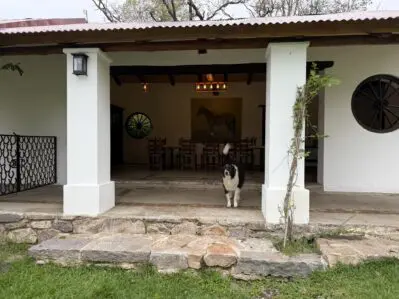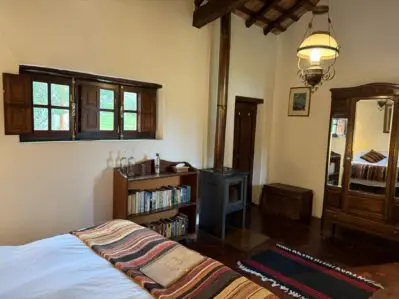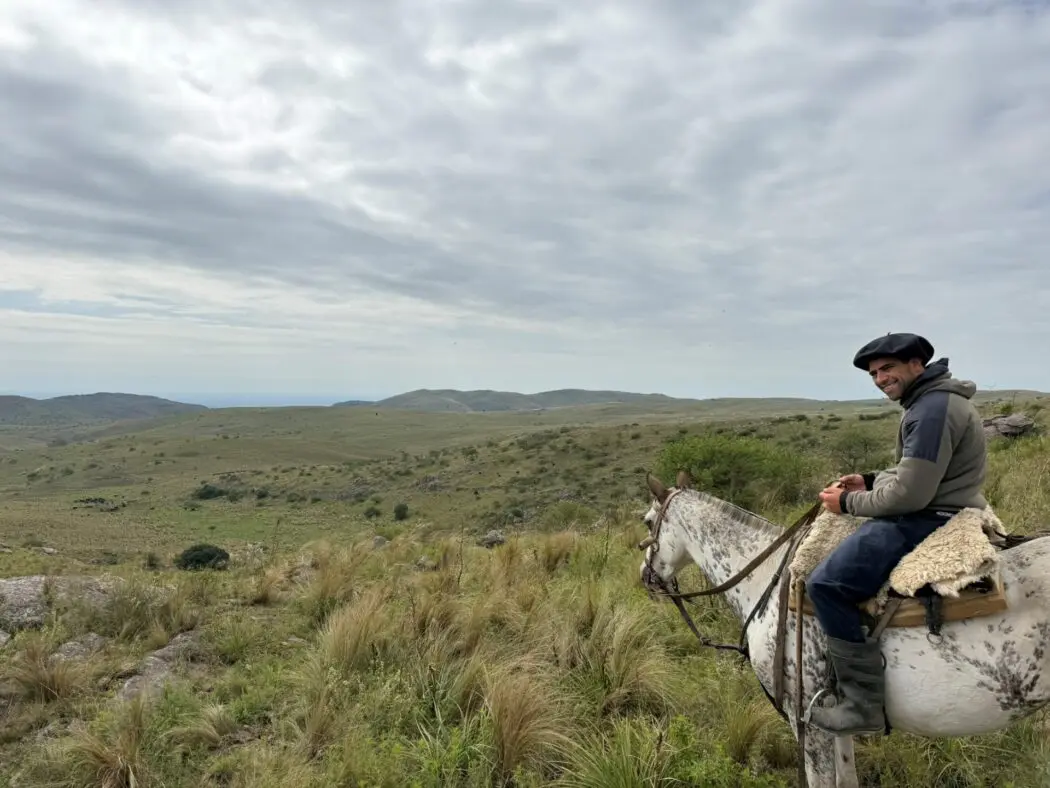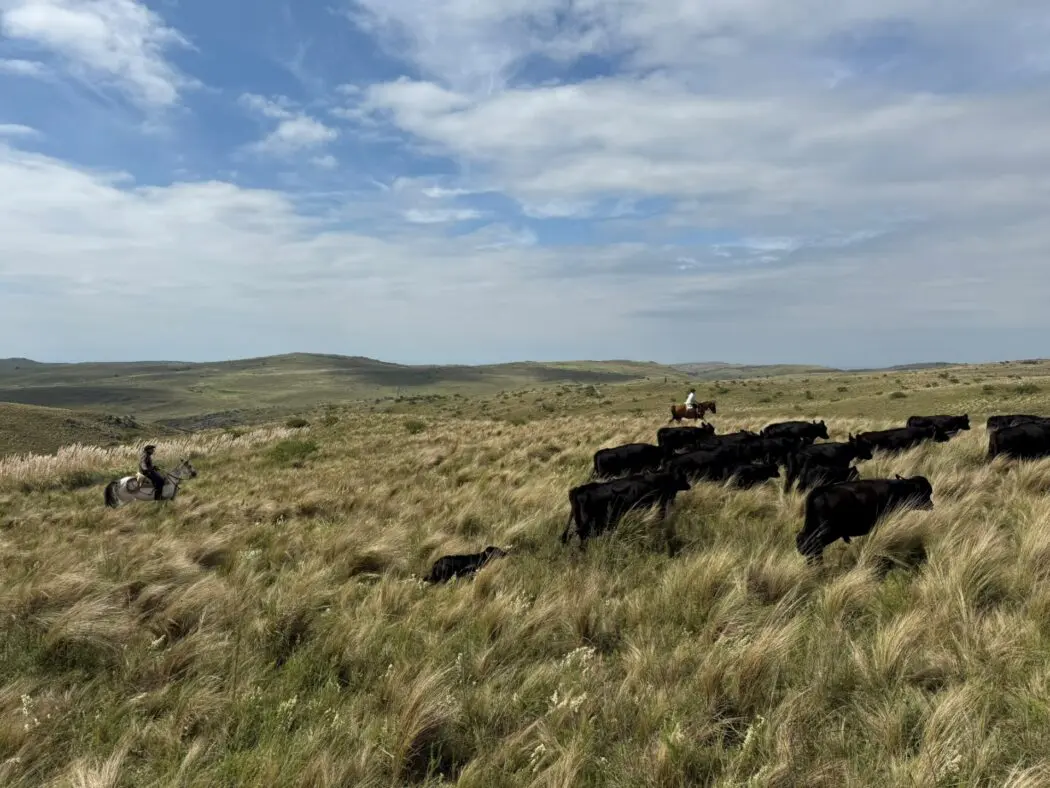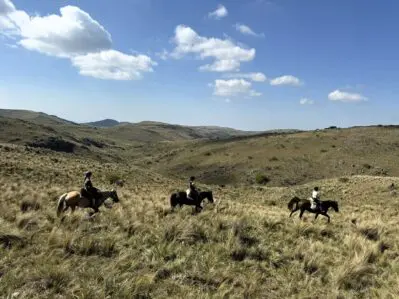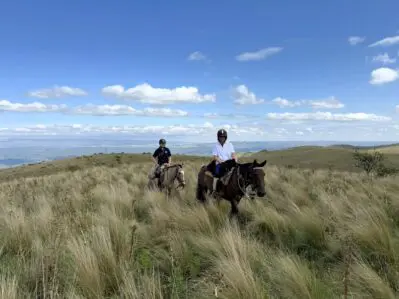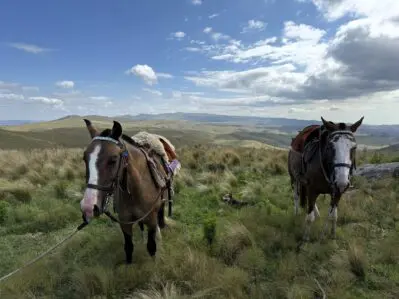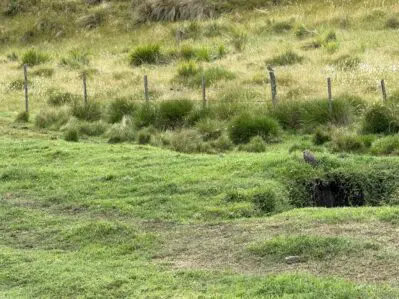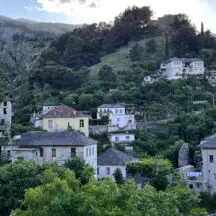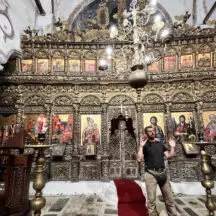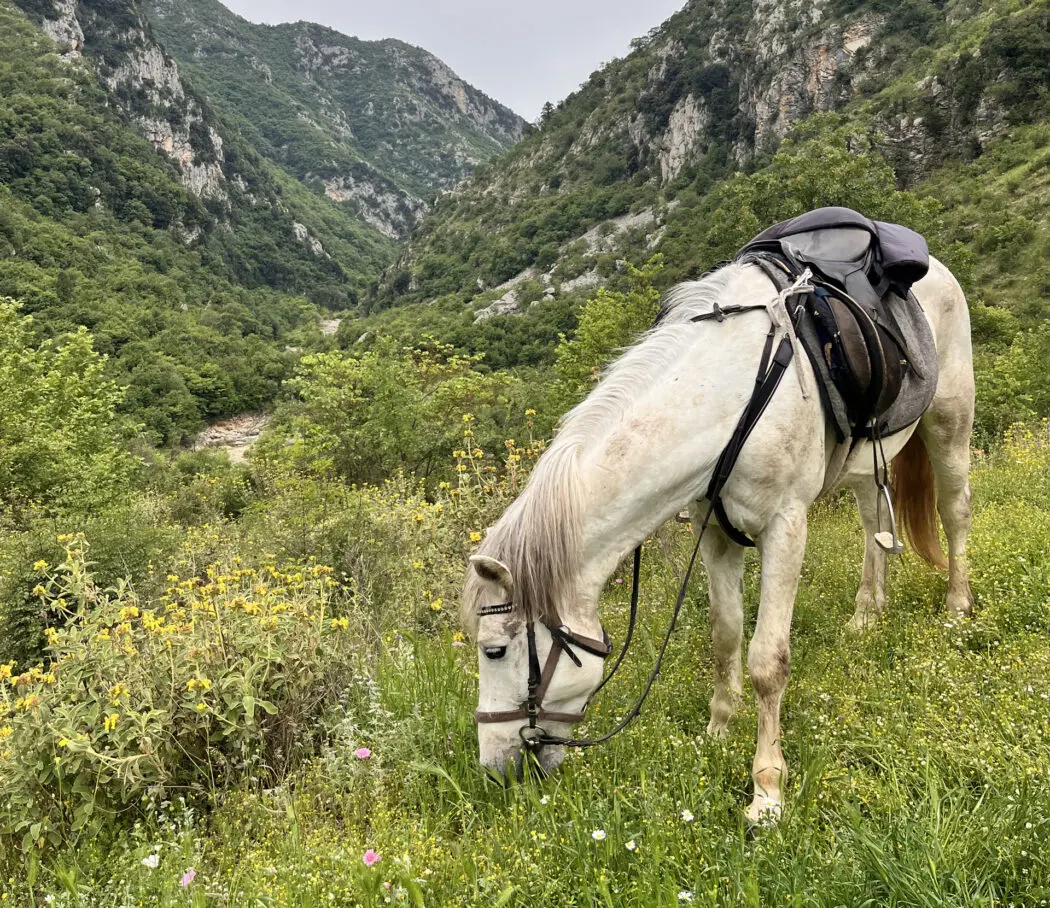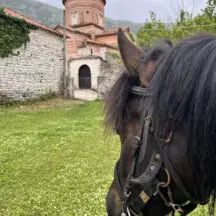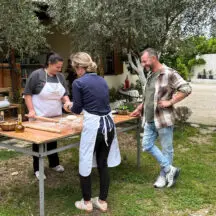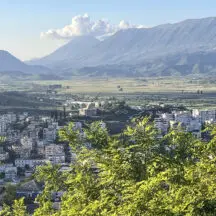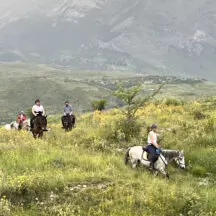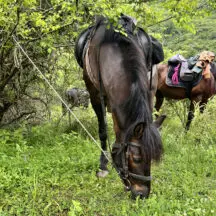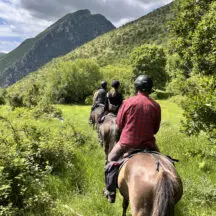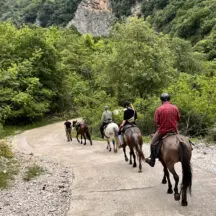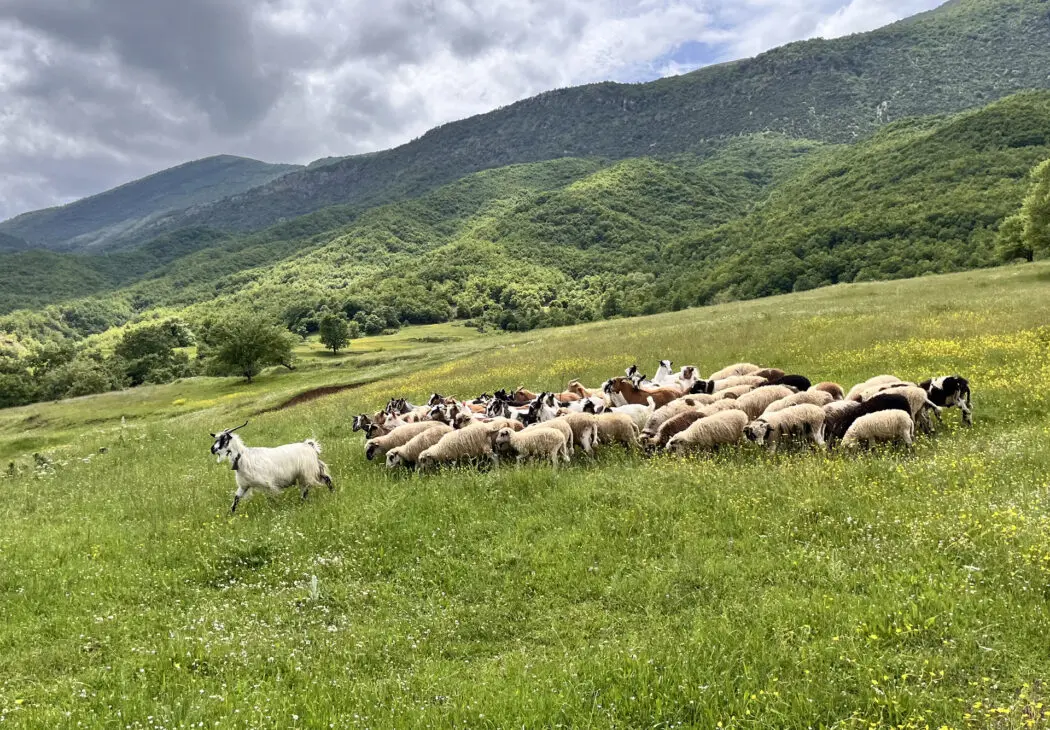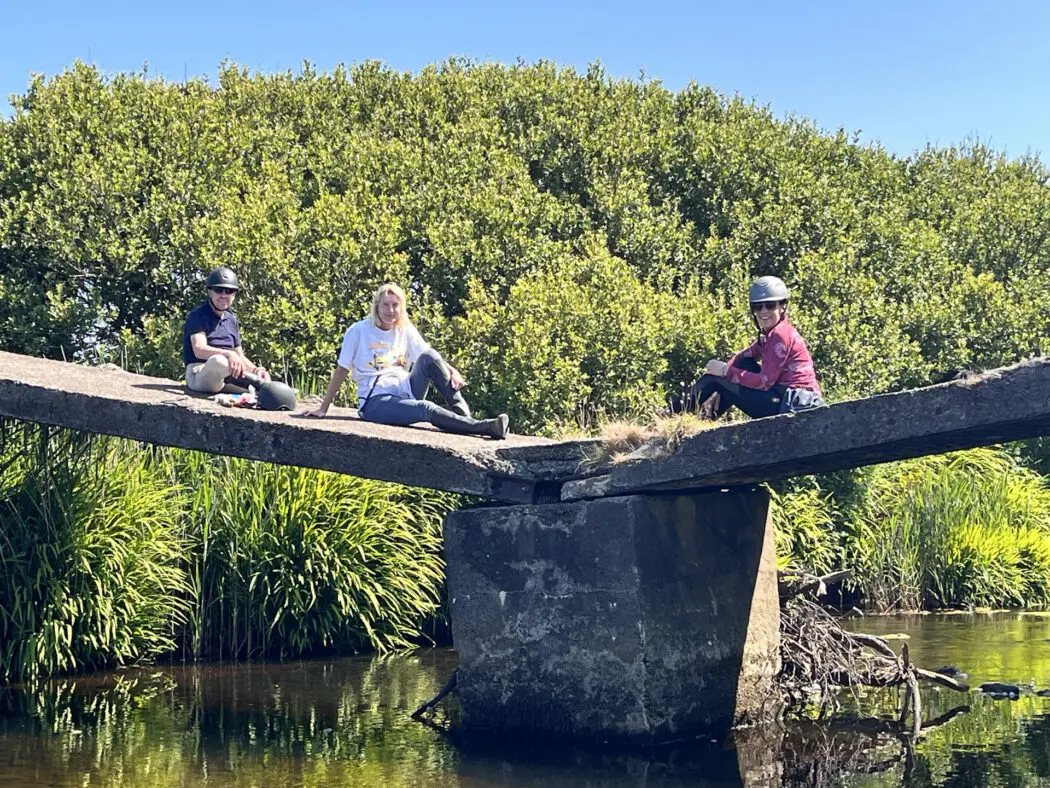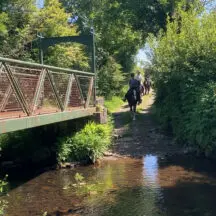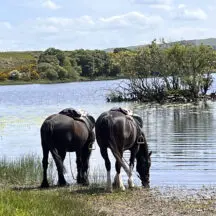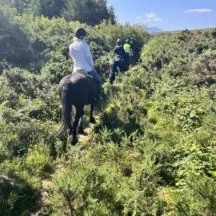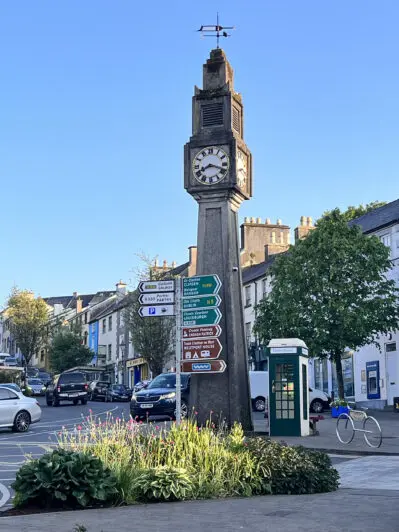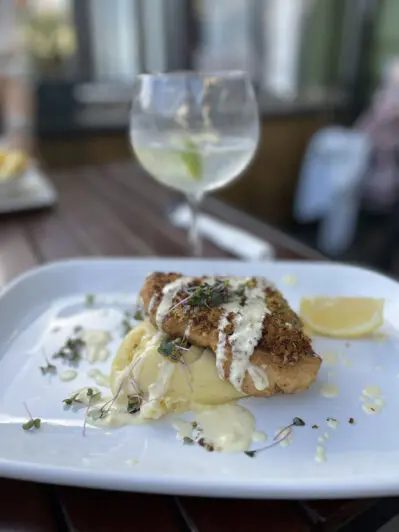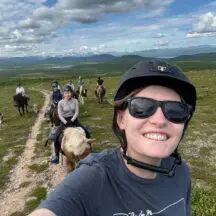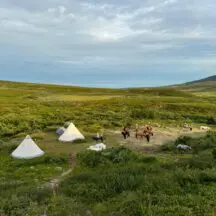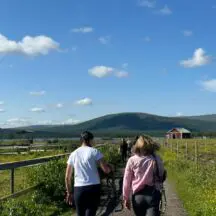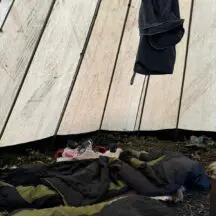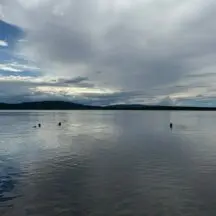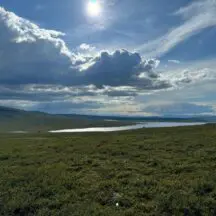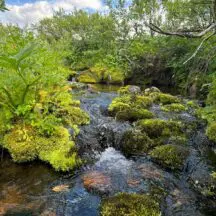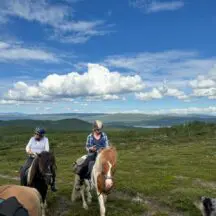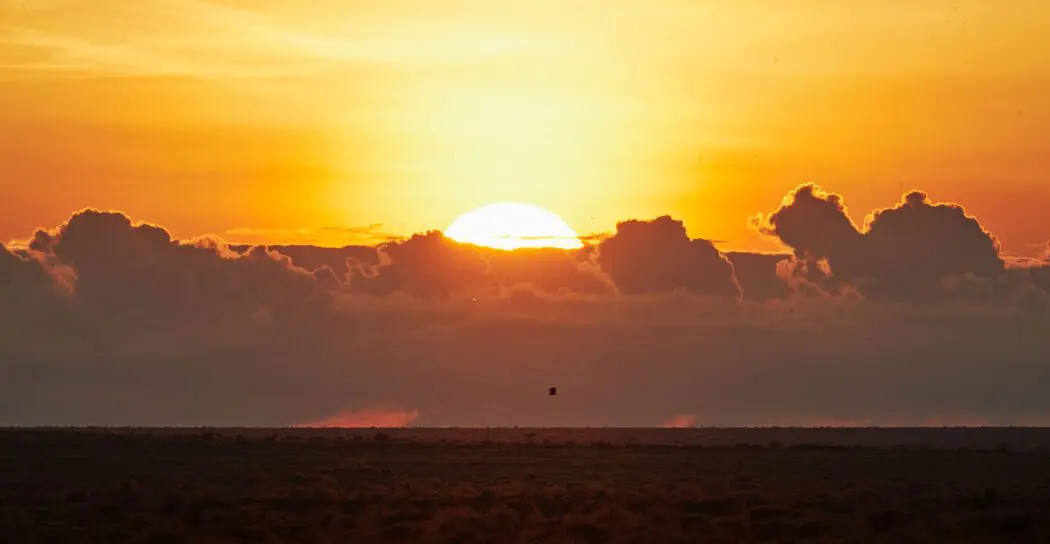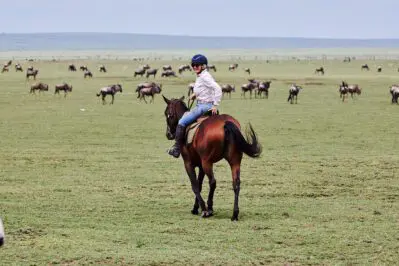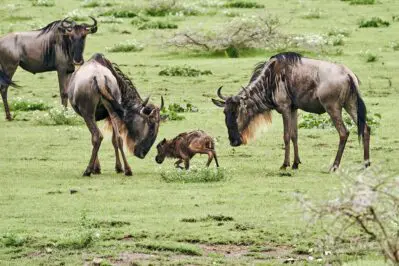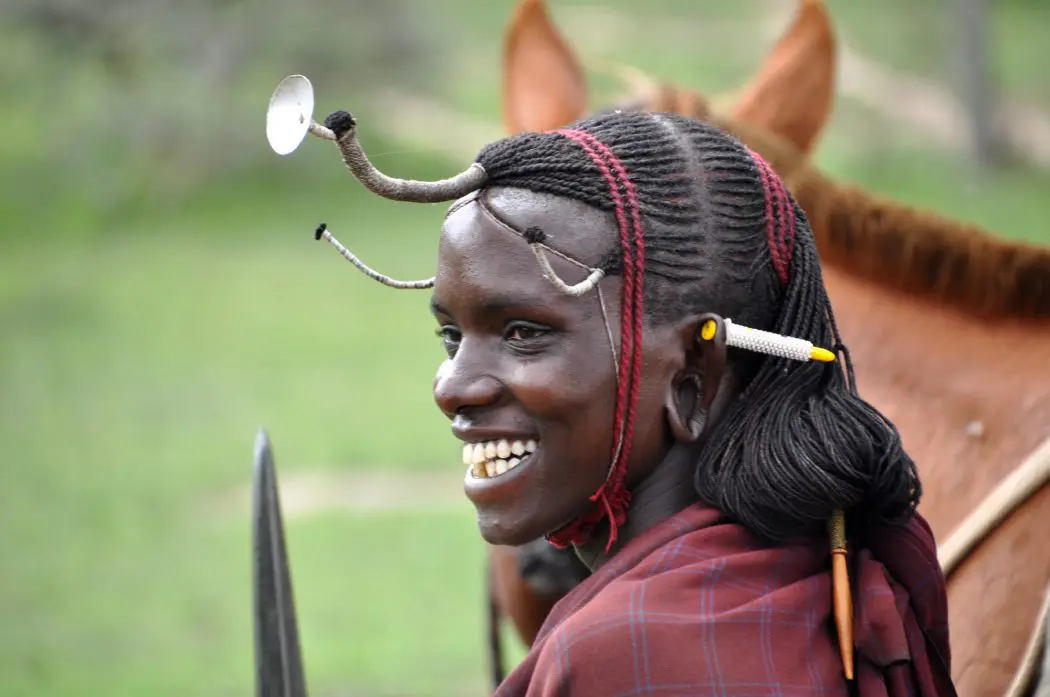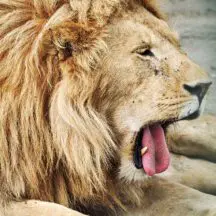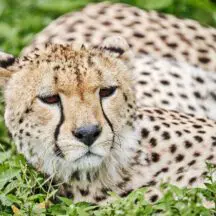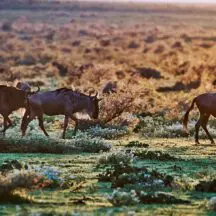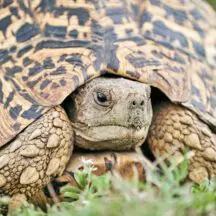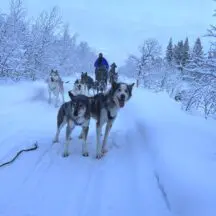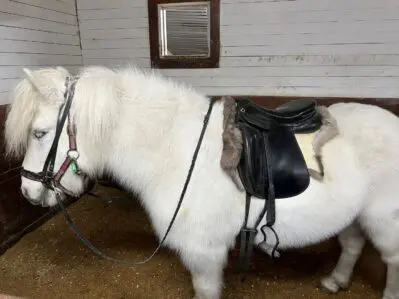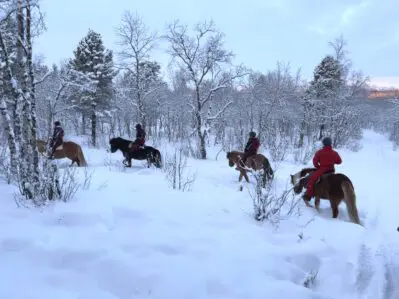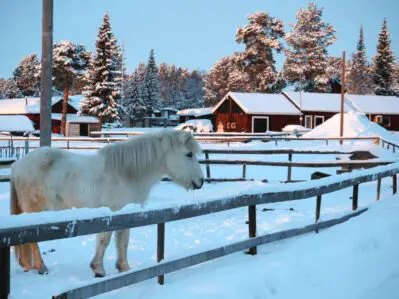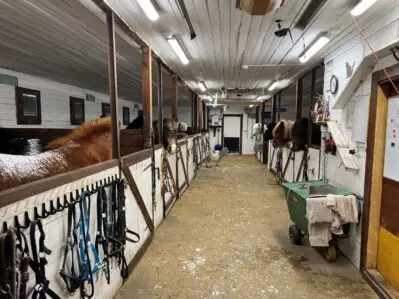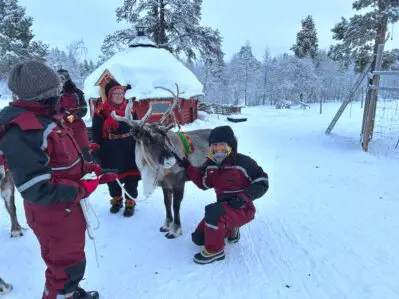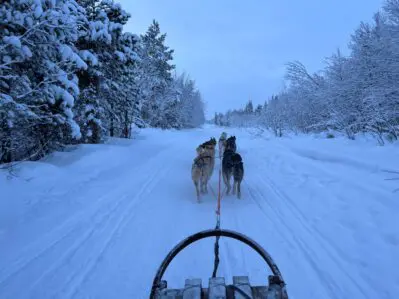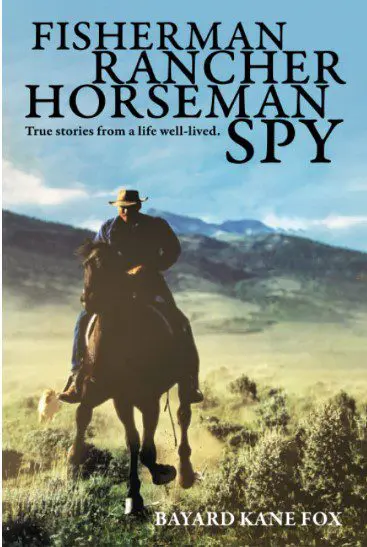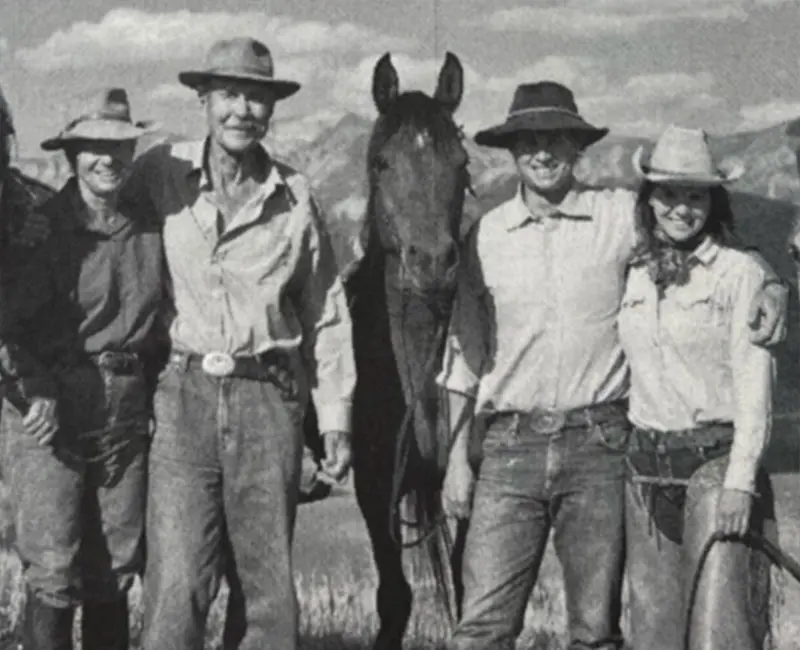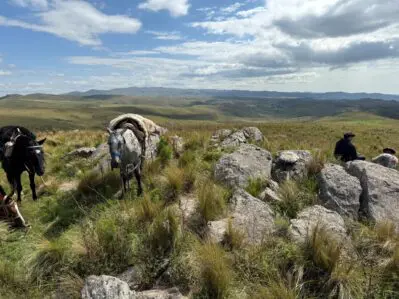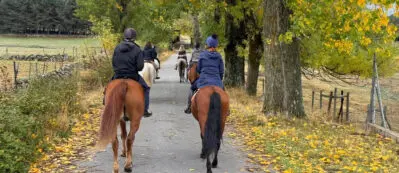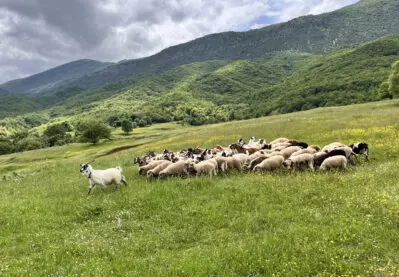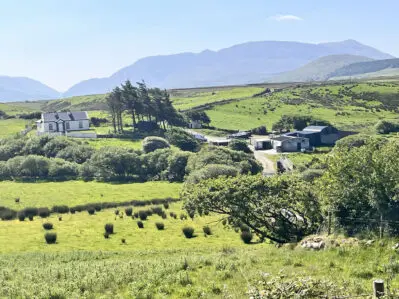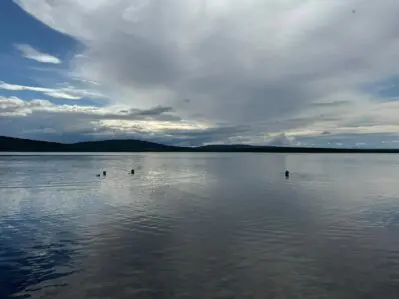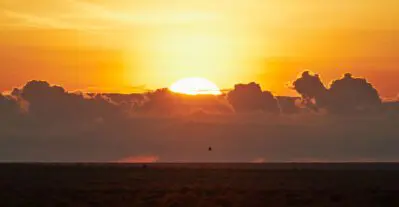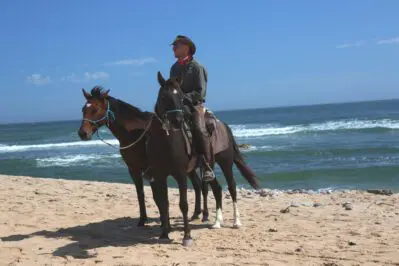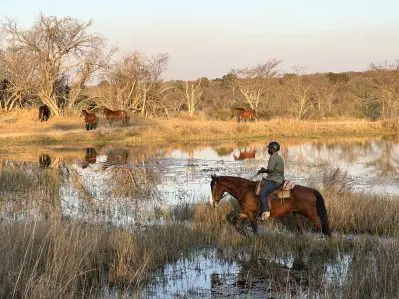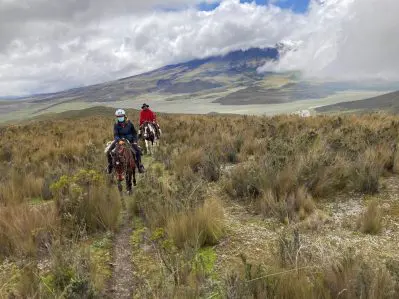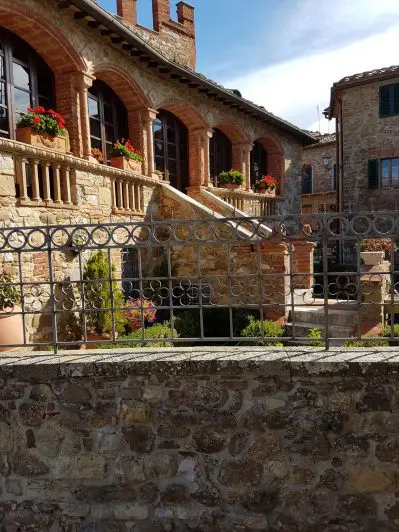The Estancia los Potreros in Argentina has long been a partner of Equitours and we have sent many happy guests over the decades. I was lucky enough to visit for a few nights and share my impressions.
Atmosphere
The Estancia strikes a balance between authentic old world charm and modern convenience. The rooms are welcoming and comfortable, with modern showers and inviting beds which are made each morning and turned down (complete with pillowcase candies!) each evening. The common areas display the family’s long history in the area, as the Anglo-Argentine family has been welcoming guests since the 1940s; a history in the area which has always been intertwined with horses.
Every effort is made for you to feel at home, comfortable and welcomed.
- Patio space for meals and drinks
- Part of the welcome committee
- A comfortable home base
- Gathering for dinner in the outdoor dining space
Staff
The staff is numerous and attentive, both behind the scenes and at your call. There are several European native English-speaking guides that accompany you on your activities – riding, walking, drives – and host you at mealtimes. These positions are generally volunteer for duration of about 3 months and the young women who filled them during my visit were consistently welcoming, helpful, kind and interesting, as well as lovely riders and knowledgeable horsewomen. Due to the varying and often limited time they’ve spent on the estancia and in Argentina, they are not the fonts of information that the owner, Kevin, and manager, Georgia are, and so it is fascinating to also spend time with them.
The local Argentine staff is Spanish speaking and therefore do not interact directly with guests. A gaucho leads each ride, and although rarely directly interacts with riders, carefully assists with horse and tack needs and keeps a close eye on riders during canters. They will start with a questioning, “Galope?” to gauge interest in moving into the canter, and then constantly watch the line of riders behind them to adjust the pace accordingly. It was a thrill to follow them into seemingly faster and faster paces on the capable and talented horses!
The kitchen and housekeeping staff are efficient and skilled. When at breakfast your room is magically prepared for your day, with shutters opened and bed made, filtered water replenished and laundry collected. The meals are filling and well rounded, three a day plus a tea and drink hour – with dinners and lunches providing a sampling of local style asados, vegetables, fresh breads and desserts.
- Guiding us to cows
- Letting us pretend to help
- Entertaining each other
- Roping a cow for doctoring
- Preparing to separate cows
- Resting at mid-ride
A gaucho leads each ride, and although rarely directly interacts with riders, carefully assists with horse and tack needs and keeps a close eye on riders during canters. They will start with a questioning, “Galope?” to gauge interest in moving into the canter, and then constantly watch the line of riders behind them to adjust the pace accordingly. It was a thrill to follow them into seemingly faster and faster paces on the capable and talented horses! We also had the opportunity to “help” move cattle (the gauchos did all the work!) and watch them separate the herd. It was impressive to watch their riding and roping skills on full display.
Horses
The Criollo horses are typically ridden in the mornings and the Peruvian Pasos in the afternoon. A quick way to tell the breed at a glance is that the Criollos have the traditional roached mane and forelock while the Pasos’ are free flowing. All horses are meticulously maintained and in good condition; a pleasure to ride. They are responsive and light, willing and brave and all get along well together. There were several guest who had never ridden before and were well taken care of by the guides and horses with no issue, and another group who enjoyed the opportunity for flat out gallops.
It was my first time riding a Paso and I was not disappointed. It was thrilling to experience the smooth floating gaits, and I felt as if I was magically and effortlessly being transported over the green rolling hills of the estancia. The saddles are of a comfortable trail style covered with sheepskins, and your horses are fully prepared for you.
- Riding out on Peruvian Pasos
- Arriving to the highest point on the ranch
- Criollos resting at “The Top of the World”
- Enjoying the beautiful fall weather
- Faithful mounts waiting while gauchos doctor cattle
- Spot the burrowing owls
It was an absolute pleasure to be able to spend a few days at the estancia. It was a delight to have every need anticipated and filled – awaiting your arrival with lemonade in hand, a water bottle and filtered water replenished in your room are a good examples – and to spend each day riding fantastic horses through the lovely countryside. A true paradise for the horse lover!
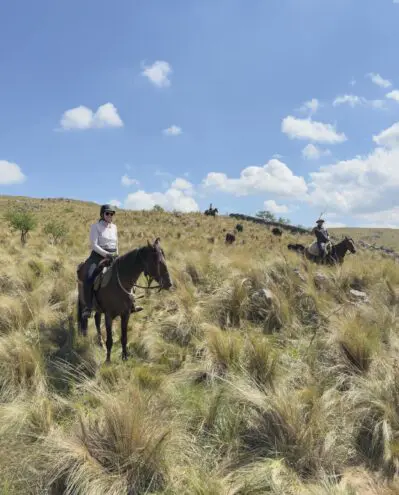
By Megan Barrett



